Riet Yngvir
The Gods of the Giant-Kin
Riet Yngvir refers to the collective religious beliefs found among the Giants of Saleh'Alire, and not just to the pantheon as it often does for other species; as they are so close in relation, the mythos and figures are found across both the Goliaths and the Orcs with little modification or debate- although both ethnicities worship different figures within the pantheon, and place emphasis in different places. An unusual feature of the pantheon, interestingly, is that- unlike other Divinities of the Material Plane- it is unknown whether or not the Giant Divine are real Divinities; there is no mythological evidence to suggest they ever ascended to the Weave, making them True Gods according to the laws of Divinity. Instead, the lack of evidence suggests they are Divine only according to Giant mythology, which treats them more akin to sainctified ancestors whom the modern Giant-kin pride themselves on being able to trace their lineage back to. In this manner, their pantheon consists of several figures they believe to be some of the very first Giants ever created as slaves within the Soul Forges by their Phetian ancestors, well before the time of the Dragon Wars: Baaga, his half-brother Anaam, their shared consort Ineva, their adoptive "father" Bhaal, and the dark twins Yurtrus and Shagraa; these figures rose to great prominance later in history, becoming legendary figures among the Giants during their war against the Dwarves vying for their own freedom.
According to their lore, when the Giants ultimately lost the war against the Dwarves and were exiled from the Underdark afterwards, the half-brothers Anaam and Baaga fought over how the overworld should be divided between them. Baaga won the ensuing battle and exiled Anaam to the cold north, while he remained in the warmer south.
Bhaal, their father, was greatly angered to see his sons fighting, and so placed a curse on Baaga and his children in retribution- known as the Blood Curse; their consort, Ineva, agreed to share half of the year with one brother, and the other half with the other, so as not to cause further strife between them.









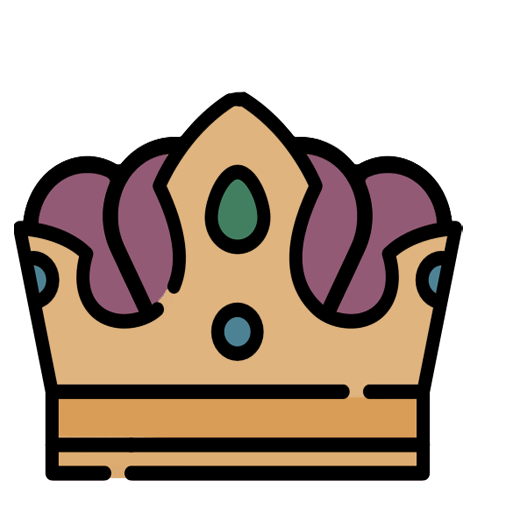
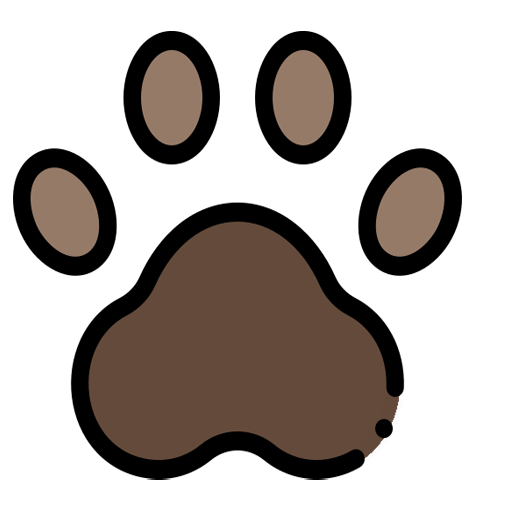
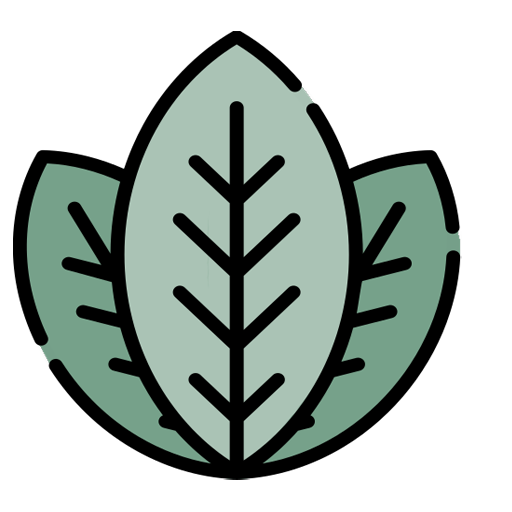
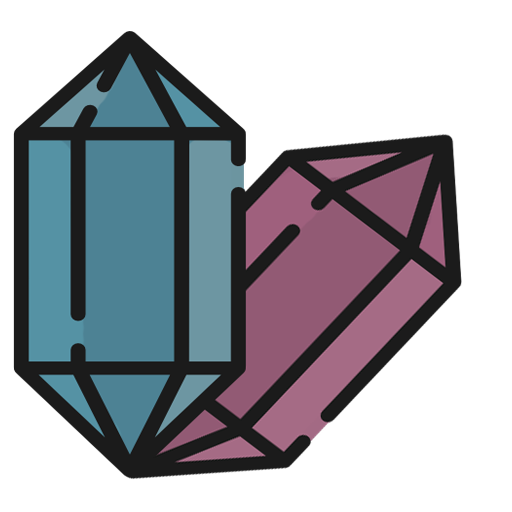

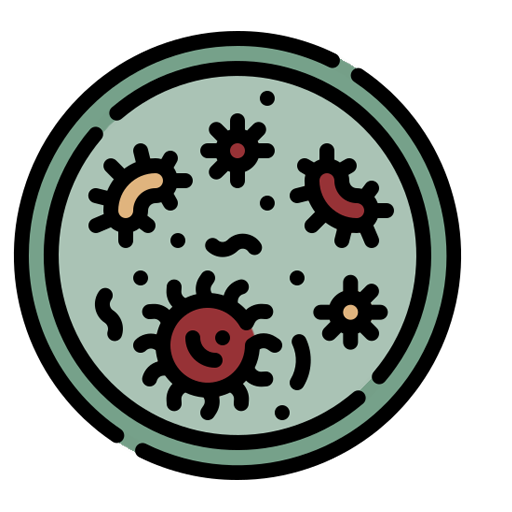
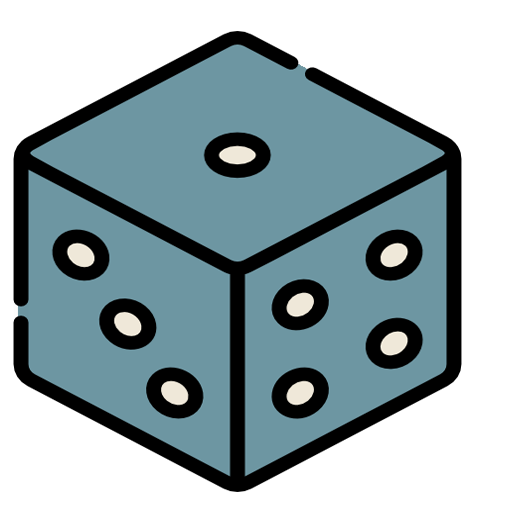
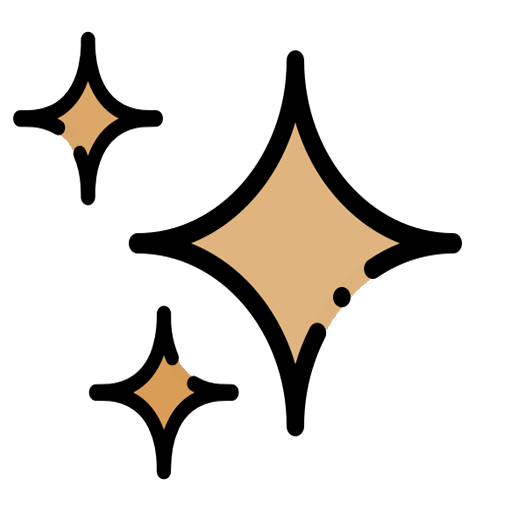


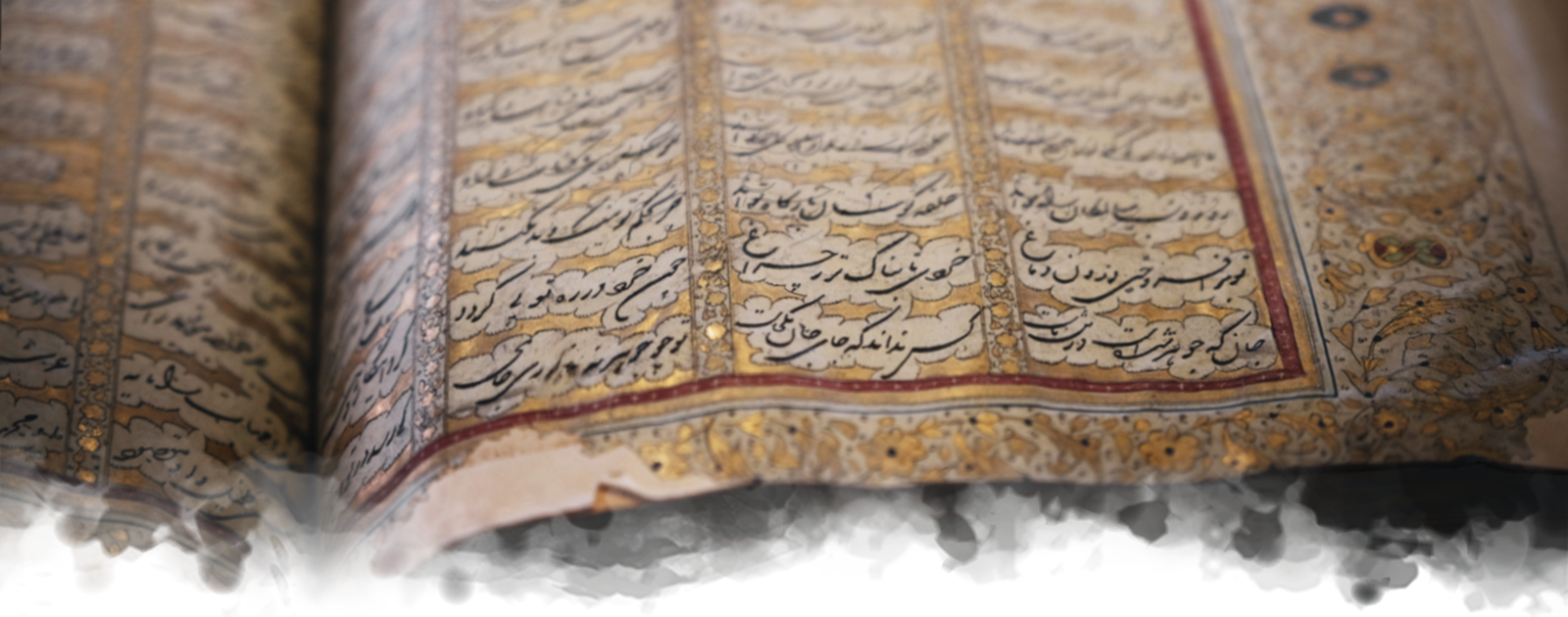

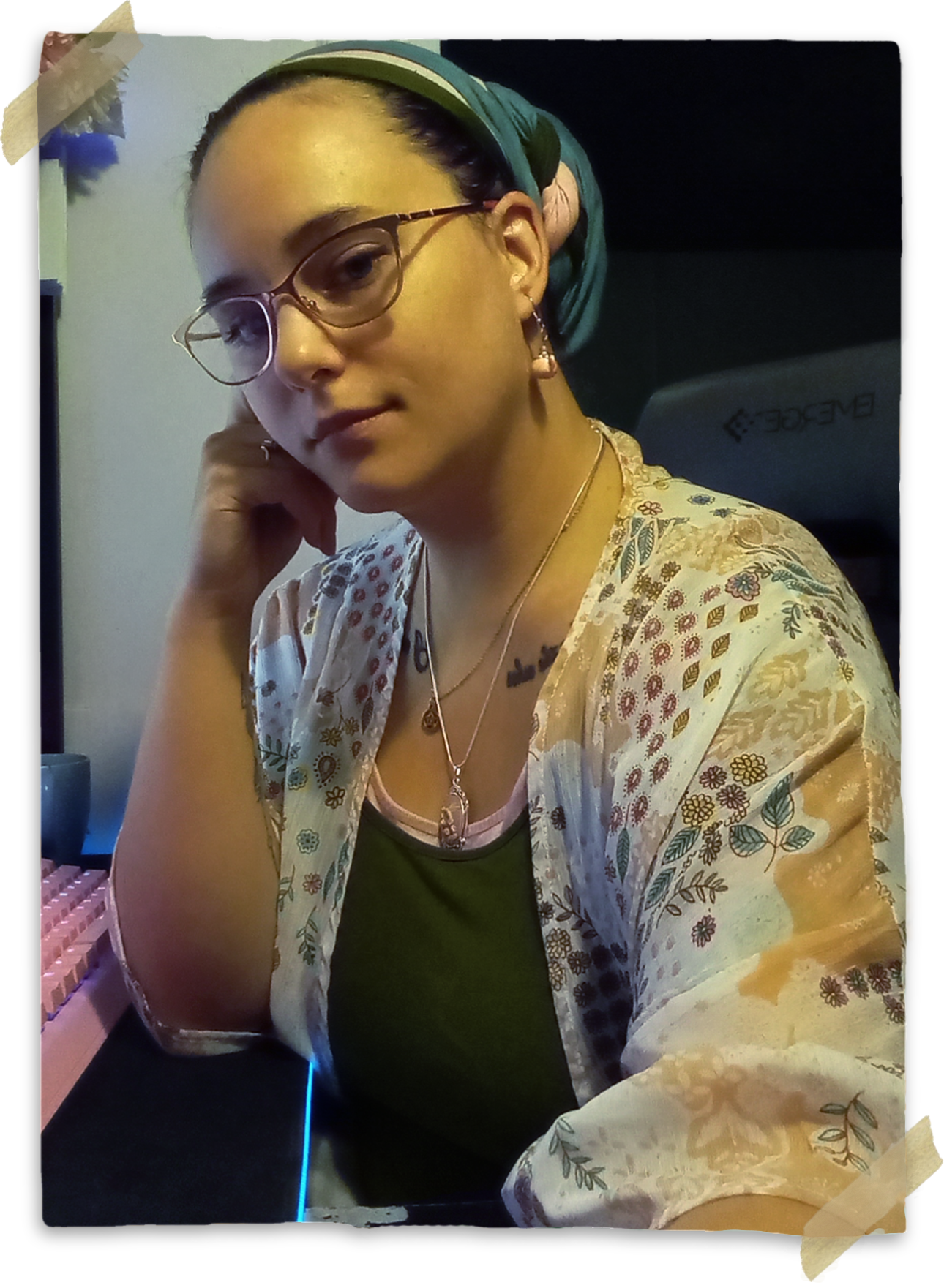
Comments
Author's Notes